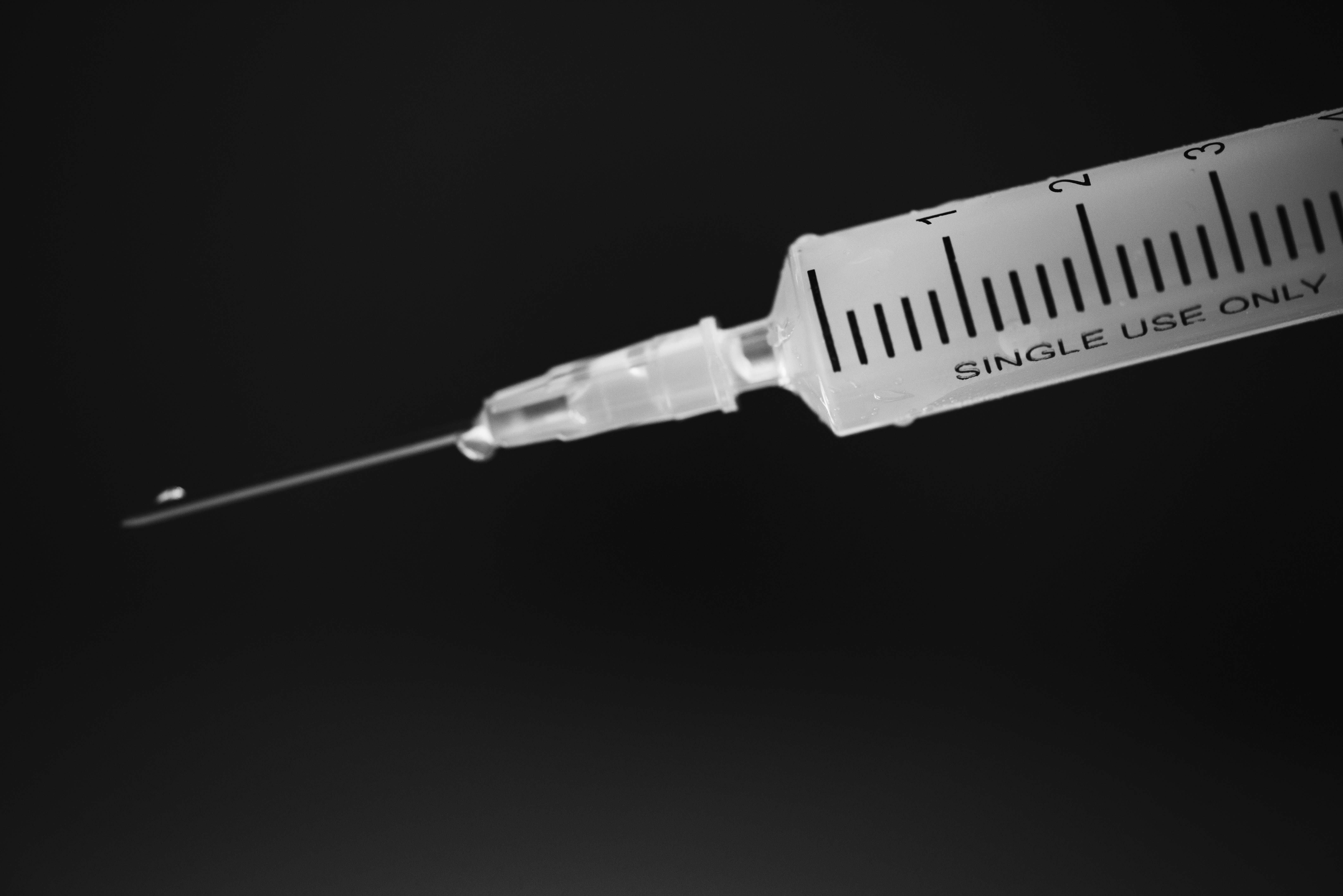Park receives $2.9 million NIH grant to improve treatment for opioid addiction and overdose

The recent trend in opioid drug abuse and overdose deaths has reached an epidemic level. In the United States, opioids were involved in 47,600 overdose deaths—more than 130 deaths day, in 2017, according to the Centers for Disease Control and Prevention. For every drug overdose that results in death, there are many more nonfatal overdoses, each with its own emotional and economic toll.
Current treatments have shown great promise in assisting people recovering from opioid dependence. Naltrexone, a synthetic opioid antagonist, blocks opioids from binding to their receptors and thereby prevents their euphoric effects. Unlike other opioid treatments which can lead to dependence, naltrexone is not addictive and has no potential for abuse or diversion.
However, naltrexone treatment induction and regimens remain problematic for many. A one-month supply of naltrexone can be prohibitively expensive, costing $1,000-$2,000, and the shot can be painful as particles in the solution are large, requiring a wide, low-gauge needle for injection. In addition, the opioid has to be cleared from the body before the naltrexone treatment can begin, a process than can take a week or longer.
Park says that recent technological advances may make it possible to manufacture a longer-lasting naltrexone at a lower cost, in a solution of smaller particles so that the needle can be thinner, and in a time-released formula that can be injected into a person who has opioids in their system.
“The current injectable, long-acting drug delivery systems are based on decades-old technologies,” said Park, referring to naltrexone and other opioid treatments. “We now have advanced techniques, and we can make it simpler, better, and cheaper.”
This translational research project is part of a comprehensive, statewide effort to stem the tide of opioid overdoses in Indiana, and beyond. This major undertaking includes investigators in healthcare delivery from Purdue’s Regenstrief Center for Healthcare Engineering, applied scientists and engineers from the Indiana Clinical and Translational Sciences Institute, as well as an array of clinical faculty from the Indiana University School of Medicine.
“Indiana is in a unique position to collectively combat the opioid crisis,” said George Wodicka, Dane A. Miller Head of Biomedical Engineering. “This research targets the staggering increase in opioid-related overdoses in recent years by bringing innovative approaches that increase ease-of-use and patient acceptance.”
The Engineering-Medicine Partnership between Purdue College of Engineering and Indiana University School of Medicine, a 30-year collaboration, includes a wide range of educational programs and research activities, including a major focus on solutions for the opioid epidemic.
Park’s research group, including Andrew Otte, laboratory coordinator, and Gwangheum Yoon and Bong Kwan Soh, Visiting Scholars, all in the Weldon School of Biomedical Engineering, have already filed a U.S. provisional patent application on their novel method last year, and will file a full application later this year.
